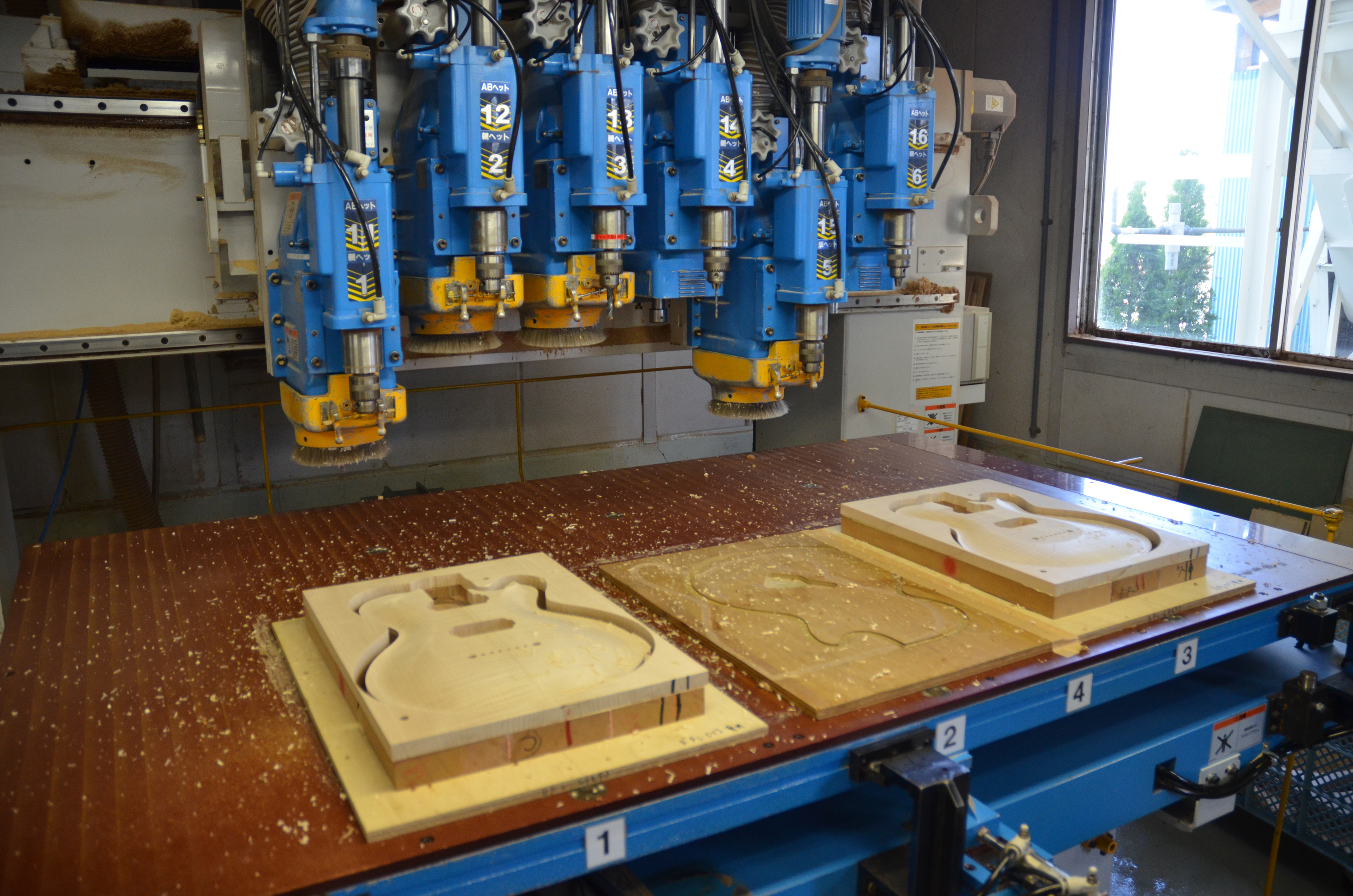 |
| Fuji Gen Gakki Factory |
These days there are a myriad of guitars and amplifiers made in the Far East or in Pacific Rim countries that are not just wonderful beginner instruments, but great professional guitars and basses as well. Of course the United States and Europe are turning out amazing guitars and basses that are more technologically advanced than ever before.
Musical instruments are now made with computer aided design and CNC tools that give them excellent tonality.50 years ago there were no computerized tools. Although computers were available they were large enough to fill a room and did not have much memory. Research, development and upgrades in amplifier modeling have given even a small practice amp some very usable tones that would make a kid from 1965 envious.
 |
| Ampeg B15-N |
 |
| 1940's Harmony Patrician |
The guy at the pawn shop took down a late 1940’s model Harmony Patrician and said, “Now here is a great guitar. Your kid will need a set of strings and a pitch pipe to tune it. That will be Twenty dollars.” I took it home on the bus.
The strings were probably a half an inch off the neck at the 12th fret. Those strings were made by the Black Diamond String Company. I’m surprised Black Diamond Strings are still in the business of selling strings, because back in those days the strings came in only one size; Extra heavy. They made my fingers sore and stressed the guitars neck. But I persevered and learned to play basic chords at a local YMCA class.
 |
| 1965 Sears Catalog |
So I was looking and hoping to get a guitar from one of these catalogs. I had my sights set on this double cutaway solid body Harmony guitar. Imagine my surprise when Dad took me to a local music store. The dealer pulled out three cases that contained three very used Fender Stratocasters.
One was black, one was white (at one time, but yellowed by cigarette smoke) and if I remember correctly the other was almost purple. I chose the black one. It had a maple neck with a 7.5” radius. (I didn’t know that at the time until I tried putting a Hamilton capo on the neck which didn't flatten all the strings.)
The Strat also came with an original tweed case. As I recall it cost $150. I had no clue at the time it was a 1958 model.
I had my electric guitar, but needed an amplifier. We drove off to the local Western Auto store and purchased a Kay Model 703 amplifier. It had 3 odd tubes, a 35Z5 rectifier tube; a 50L6 model output tube, a 12AU6 preamp tube, 3 instrument inputs and a volume/on/off control and a tone control. I believe it had a 6” speaker with a transformer attached to the basket.
I still have this amplifier. The speaker was replaced many years ago. From recent specs I find it put out slightly less than 4 watts. One of my friends rigged it up to change one of the guitar inputs to an external speaker input. I think Dad paid about $25 for this little amp. I see them selling on eBay now for $400 and up.
Of course this amp could not be heard over drums, so I saved up money and within a year bought a 1965 Fender Deluxe Reverb for $200.
I took music lessons at a music store and at every chance I got went to other music stores and bugged the clerks to tell me about this guitar or that guitar. Along the way, I gained a little knowledge.
So let me describe to you what musical equipment was new and available 1965 and tell a little about the guitars and amps that were new then and have become vintage now.
If you could afford it, Fender was offering some fine new guitars and amplifiers. You may recall 1965 was the year that CBS purchased the Fender Company and its assets. However there was still plenty of new old stock being sold in 1965. The big CBS changes would not take place for a few years.
As far as guitars, in 1965 Fender was selling everything from the student models the Music Master and the Duo-Sonic to the Jaguar and Jazzmaster. This was the year that Fender introduced the Mustang.
Fender also came out with a Fender thin-line Electric guitar that was originally known as the known as Acoustic Electric and was later dubbed The Coronado.
In 1965 Fender also came out with several models of acoustic guitars including The Kingman, The Concert, The Newporter and The Shenandoah.
Fender was offering its usual selection of bass guitars; The Precision and The Jazz Bass.
| 1965 Mustang Bass |
However 1965 was also the first year for the short scale Fender Mustang bass.
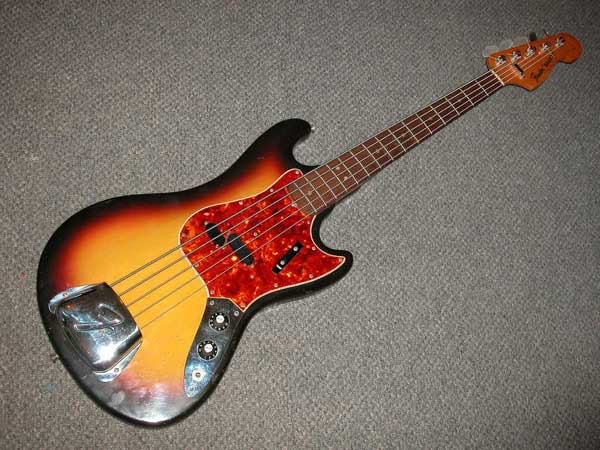 |
| Fender Bass V |
 |
| Fender XII |
It also had a very interesting pickup switching electronics.
All Fender amplifiers, by this year, had the control panel in the front on a black face panel and amp choices ranged from the Champ to the Dual Showman.
Fender's biggest rival in the electric guitar market was Gibson. Gibson offered quite a range of products. Many of my friends owned a Gibson Melody Maker.
In 1965 the Melody Maker came with the double cutaways. The pickups and electronics were all mounted on the black plastic pick guard. The one pickup models came with a bridge mounted single coil pickup, while the twin pickup also had a neck pickup.
Most folks I knew owned a brown sunburst model, but in 1965 was the first year that the Melody Maker was offered in cherry red.
The most likely Gibson to be seen on TV was the ES-335 or ES-345. It would be a few years before the Gibson Les Paul regained it's popularity.
In 1965 Gibson was also offering its unusual Firebird electric guitar and Thunderbird bass.
This same year Gibson offered The Non-Reverse Firebird, which more or less resembled a Fender Jaguar/Jazzmaster.
 |
| SG Standard |
 |
| 1965 Trini Lopez Standard |
 |
| Gibson Hawk Amp |
 |
| Gibson Minute Man |
 |
| '65 Guild Starfire III |
 |
| DE-400 |
 |
| '65 Guild Thunderbird |
This feature and the two corners on the bottom of the body allowed the guitar to have a built in stand. Zal Yanovsky of the Lovin' Spoonful played a Guild Thunderbird.
Guild also offered a budget version of this guitar with a slightly different shape called The Jetstar.
Guild was never big in the amplifier department, but the did come out with the Guild Thunder amplifier with numeral designations based on the amps power. Guild's amplifiers were actually made by Valco.
Ironically the name Guild was originally attached to a little known amplifier company that was going out of business. Alfred Dronge and George Mann bought the company and also employed former Epiphone workers that had lost their employment when Gibson purchased Epiphone.
Guild electric guitars from 1965 are excellent guitars, even the Gumby guitar is a great player. I've never used a Guld amplifier or run across one.
 |
| '65 Gretsch Tennessean |
George Harrison played several models of Gretsch, his first was a Duo-Jet.. He later purchase a double cutaway Country Gentleman. His first was destroyed in an automobile accident in 1965 when it fell off a lorrie.
Other British Invasion groups seemed to gravitate to Gretsch guitars. Compared to some other brands, Gretsch guitars were more expensive, therefore not as popular with struggling garage bands of the day. I did know a few guys that owned Gretsch Tennesseans.
Gretsch guitars were made in their Brooklyn New York factory until the brand was purchased by the Baldwin piano company which unfortunately did not do a very good job of maintaining this well-known old company.
Although Gretsch did offer amplifiers these amplifiers, they were actually made by the Valco Company.
 |
| Baldwin Exterminator |
Willie Nelson has been relying on his old Baldwin amp for years. Probably he most well known Baldwin amplifier was called The Exterminator. This was a huge beast with two 8-inch speakers, two 15-inch speakers, and two 12-inch speakers with 100 watts RMS.
You needed a couple of "roadies" and a large van to tote this amplifer to your gigs. Baldwin offered several other versions of solid-state amps; most were in the range of 40-45 watts RMS. Despite being well made they just did not sell in a market where Fender was king.
1965 was the year that Vox was introduced to the United States. Vox had been been popular in the U.K. since the late 1950's. It was the choice of amplification for the Beatles and many of the other British invasion bands.
They were offering guitars too; and combo organs.. Brian Jones of the Rolling Stones was playing a lute-shaped Vox guitar.
Several prominent music stores were now selling Vox amplifiers and guitars.
The Thomas Organ company was starting to manufacture US made solid-state Vox amplifiers.
But what about us guys, with meager income, that spent the weekends in someone's basement or garage, hoping to be the next big thing or at least impress the ladies? There were plenty of guitars, basses and amplifiers available at bargain prices. And some were very good, and sought after in today's vintage market.
 |
| 1965 Sears Catalog |
We all know about their construction of Danelectro guitars which used Masonite tops mounted on a poplar wood frame with the pickup casings made of lipstick tubes.
 |
| Dano' lipstick pickup |
 |
| Silvertone Twin 12 - Model 1484 |
The chassis was made of particle board, the speaker baffle was constructed of quarter inch masonite board and the amp was covered with a thin gray and black fabric.
Valco also produced amplifiers for Silvertone/Sears. Valco also sold them under a myriad of names including Airline, Supro, Gretsch, Guild, and Oahu. They were possibly the first company to offer the "amp-in-a -case."
The Airline brand of guitars were sold by Montgomery Wards. Many of these guitars were made by Valco (with encompassed National and Supro). These guitars and basses had modernistic Res-o-Glass bodies (fiberglass) and unique pickup arrangements. Some even came with a piezo element mounted in the guitars bridge.
Most amplifiers sold under the Airline brand were manufactured by Valco. This included a wonderful amp called the Supro Thunderbolt. I've profiled this amp before. It was marketed as a bass amp, but was better suited as a guitar amp.
All the catalog companies sold a fair share of Harmony and Kay guitars. Although they were marketed as Silvertone or Airline or even True-Tone. The quality might not have been as good as Fender or Gibson, but they were respectable players and great starter instruments. Kay guitars, at the time, were made in Chicago.
The Harmony Guitars brand was actually purchased by Sears and the guitars and basses were manufactured by The Chicago Musical Instrument Company.
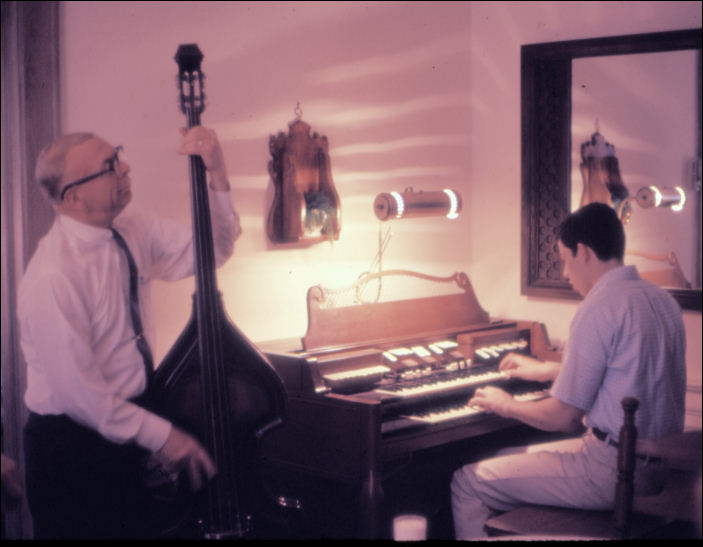 |
| Everett Hull on upright bass |
 |
| Jesse Oliver with a B-15N portoflex |
 |
| 1965 Ampeg Reverbrocket |
In 1965 Hagstrom guitars were made in Alvdalen Dalecarlia Sweden and distributed in the USA by the Hershman Musical Company, which at the time also distributed Swedish made Levin acoustic guitars. Some Hagstrom guitars resembled Fender instruments. In the U.K. they were sold under the Kent brand.
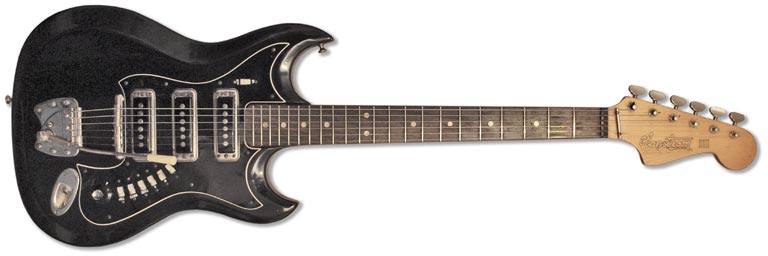 |
| Hagstrom F-300 |
They called it "The King Neck". It had a unique I-Beam truss rod system.
The scale of most early models was somewhat shorter than Fender's 25.5" scale. The 24" scale was more suited to students.
The Hagstrom bass neck on their F-400 model was not any wider than a guitar neck at the nut. It was great for guitarists that doubled on bass. The headstock was very similar to a Fender 6-on-a-side design, perhaps it was a little more bulbous. Hagstrom pickups were great. The quality of these guitars has held up for years. The bodies were thinner than most USA made guitars.
One popular version known as the Model 1 came with a lucite pickguard that was molded with a center section between the pickups. This housed a glued-in plastic rectangle that was covered with gold colored diamond shaped patterns.
Supposedly this feature allowed the guitar to have an acoustic tone when played without an amp. It did not. As you can see from the models in the picture, the glue would someimes dissipate and the plastic section would fall off of the instrument.
The back was covered in some sort of fabric. The necks on this model guitar and bass were generally painted black, while more expensive Hagstrom guitars came with natural wood necks.
Carvin Guitars, was founded by Lowell Keisel and only sold guitars by mail through their catalog. They continue this practice today.. Though this comany has made great advancements on in house manufacturing, in 1965 these California assembled guitars were fairly basic.
The body was shaped, routed, sanded and painted at the factory while the necks and pickups were actually made by the Hofner company. During this year, many of their offerings resembled Fender guitar, although some had a rather odd design. In 1965 Carvin was a great alternative to imported guitars.
Teisco Del Ray guitars were built by Kawai Musical Instruments of Japan. The name was an acronym for Tokyo Electric Instrument and Sound Company. In 1965 the market was literally flooded with thousands of imports from Teisco, Guyatone, which built Kent guitars, Ibanez and dozens of nameless brands that jobbers would sell to retail stores.
Most of these guitars were cheaply made, using low cost wood, inexpensive single coil pickups and low cost materials. Many of these instruments were sold through pawn shops or music stores that could not obtain a franchise to sell Gibson, Fender or other quality brands, and wanted to cash in on the guitar craze.
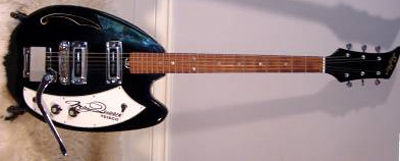 |
| Teisco May Queen |
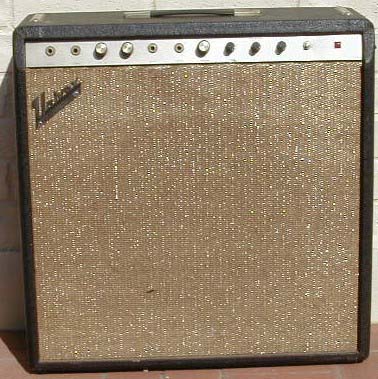 |
| 1965 Univox |
Like I said in the beginning, there were no computer-aided-design or cutting machines in 1965. Japanese transistor radios were just hitting the market and still expensive. Transistor electronics would be the first step in replacing vacuum tubes, but this was fairly new technology in 1965. In a few years Fender/CBS would try it's hand at a solid state amp, but it would be a dismal failure.
However there was one exception available in 1965, this was the tuck-and-roll Kustom Amplifier. These were transistorized amplifiers that were designed and manufactured by Bud Ross of Chanute, Kansas.
They were virtually indestructible and many of them had a separate 100 to 500 watt amplifier head with a huge speaker cabinet that contained two or more 12 to 15 inch Jensen heavy duty speakers and all of them were eye-catching, especially with their blue and silver sparkle tuck and roll Naugahyde coverings.
One other option for young guitarists in 1965 was Kapa guitars. These instruments were made by the Venneman Music Emporium in Hyattsville Maryland. The bodies were somewhat Fender-like as were the necks.
The necks and pickups were made by the Hofner Company of Germany. Compare them to the early Carvin necks. These guitars sold at half the price one would pay for a Fender guitar and Kapa guitars were great instruments. Kapa came out with an excellent 12 string model.
These guitars are treasures. If you have one, hang on to it.
1965 was a banner year to start playing guitar and a great year for guitars and amplifiers considering the electric guitar and guitar amplifier were only invented around 35 years earlier.
In review 2015 offers a greatly improved selection of electric and acoustic guitars and basses due to advancements in manufacturing and better quality or parts, In my opinion this will lead to better instruments for young and seasoned players alike.
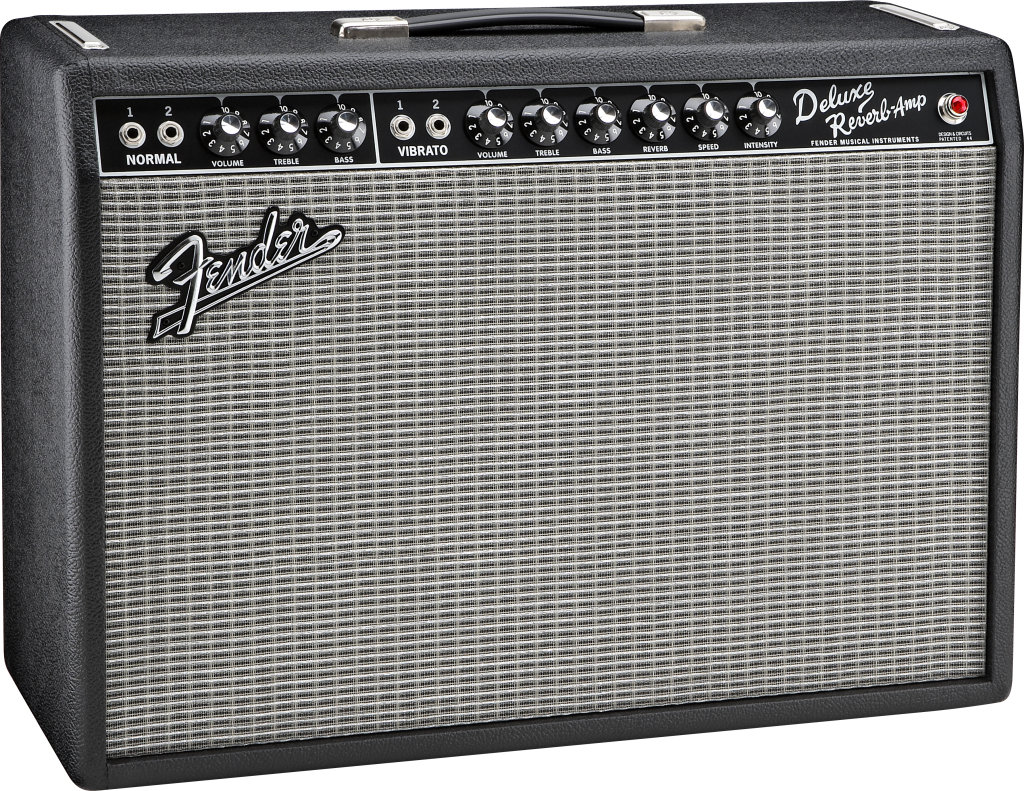 |
| Street price $1099,00 USD |
Enjoy what you have and by all means play your guitar!







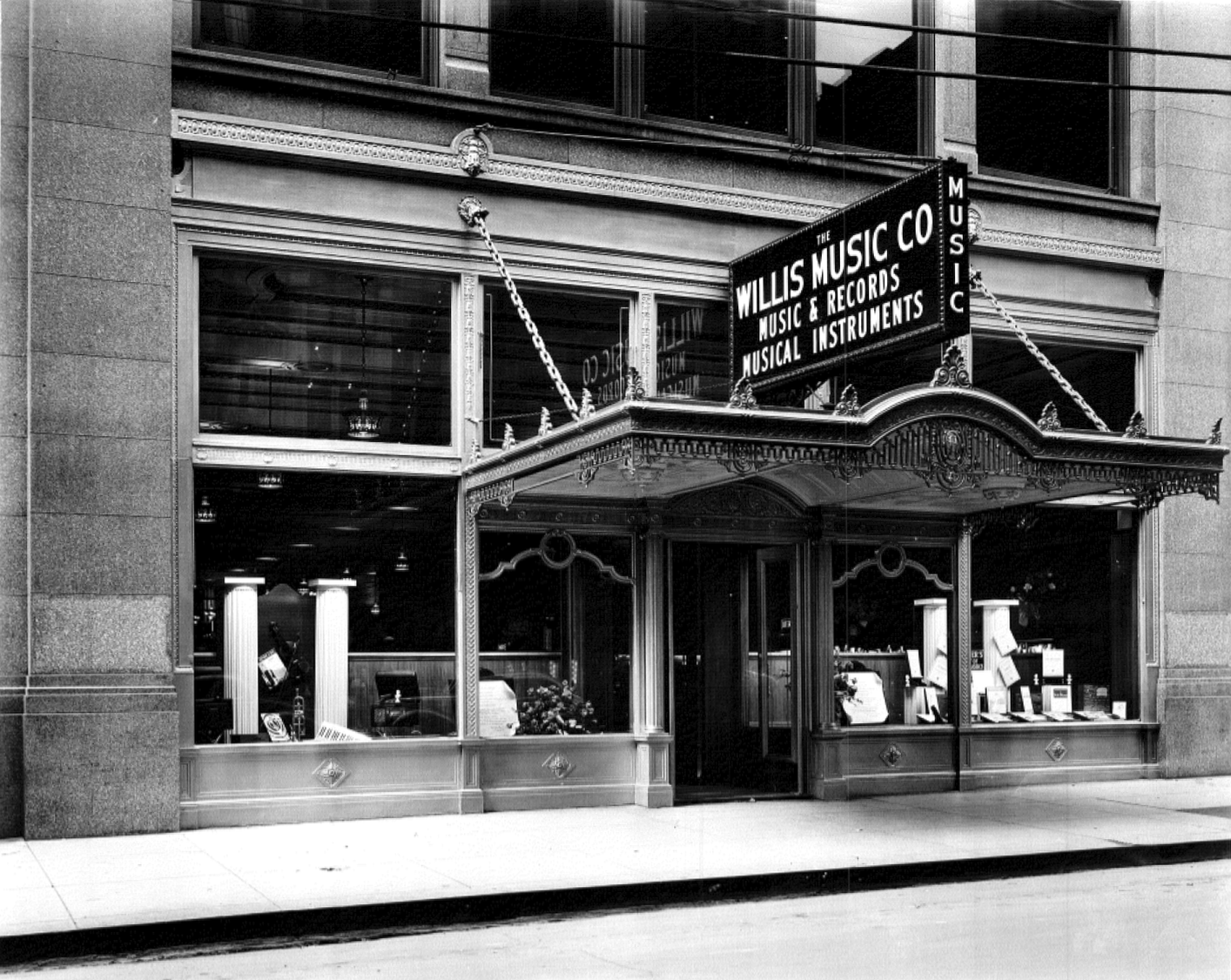
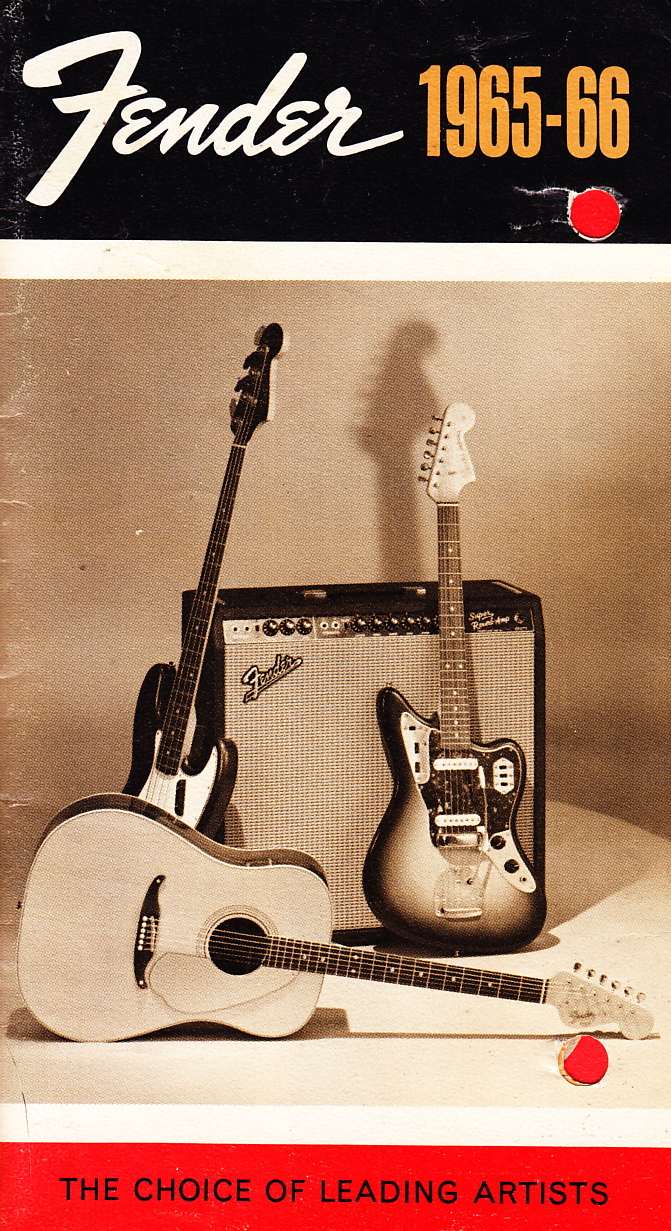

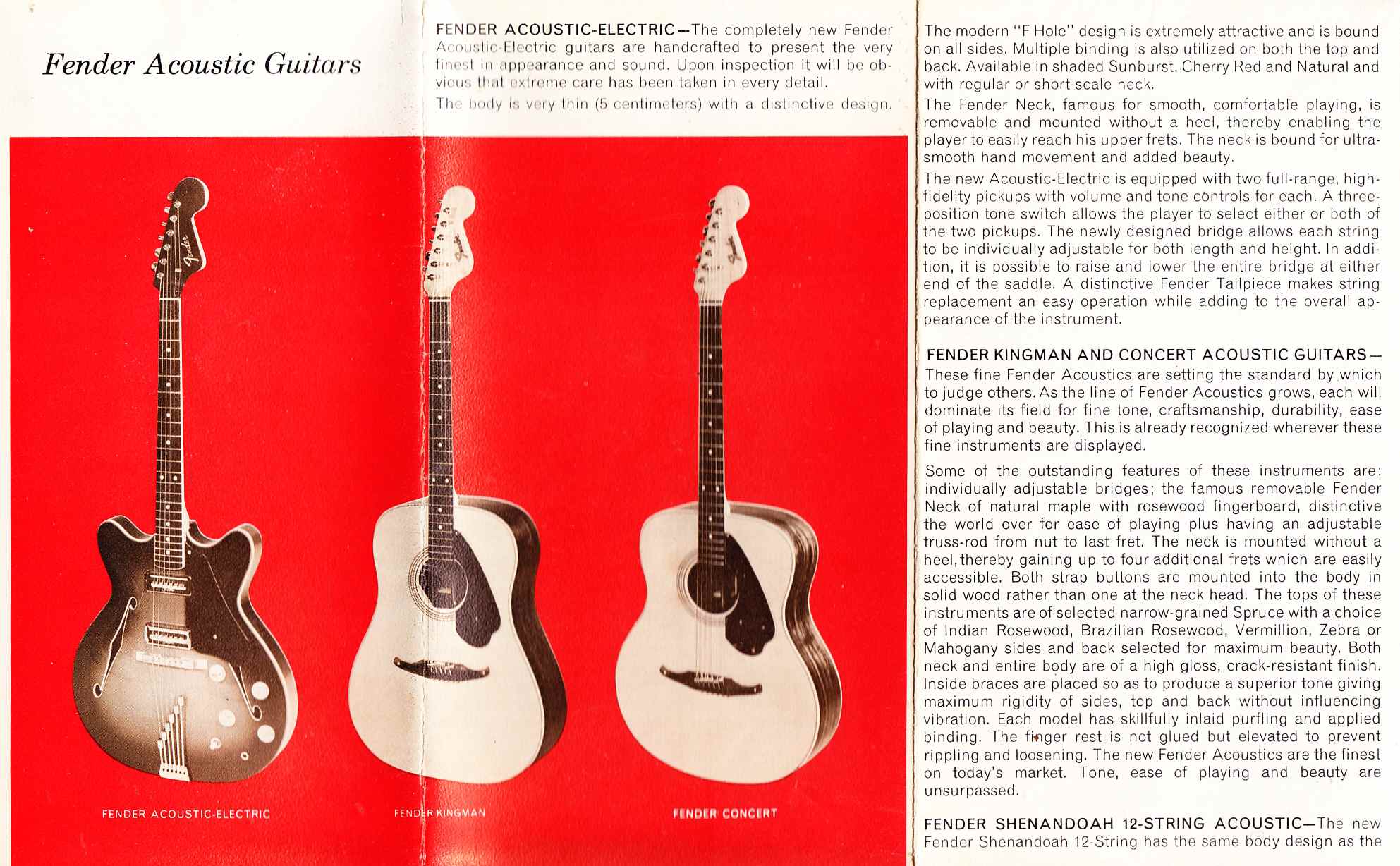





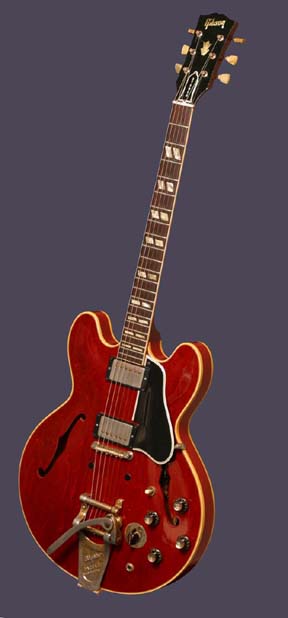


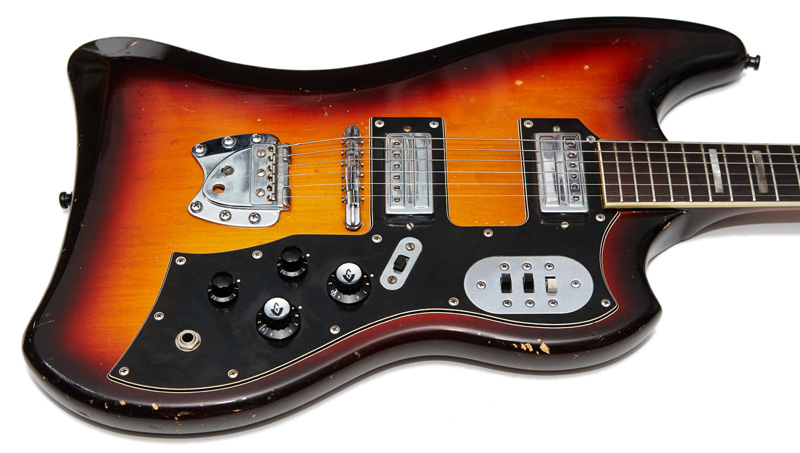
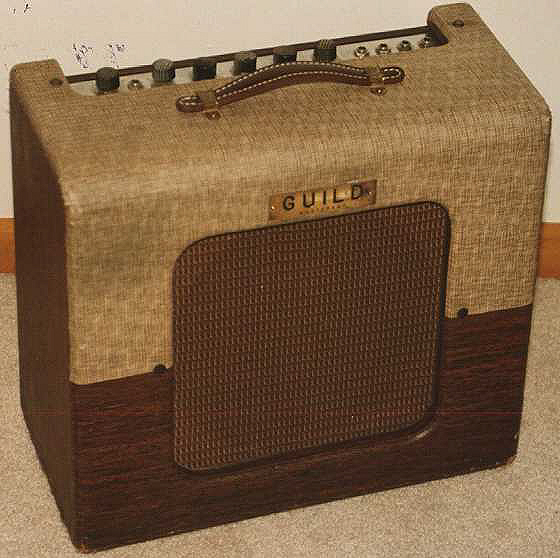





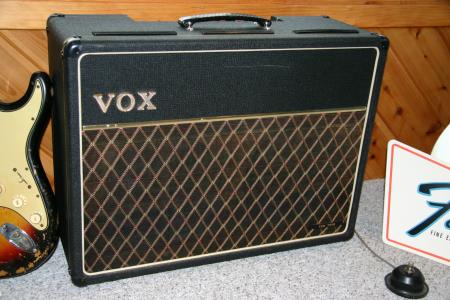

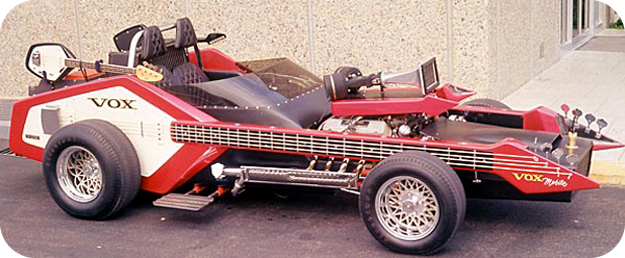





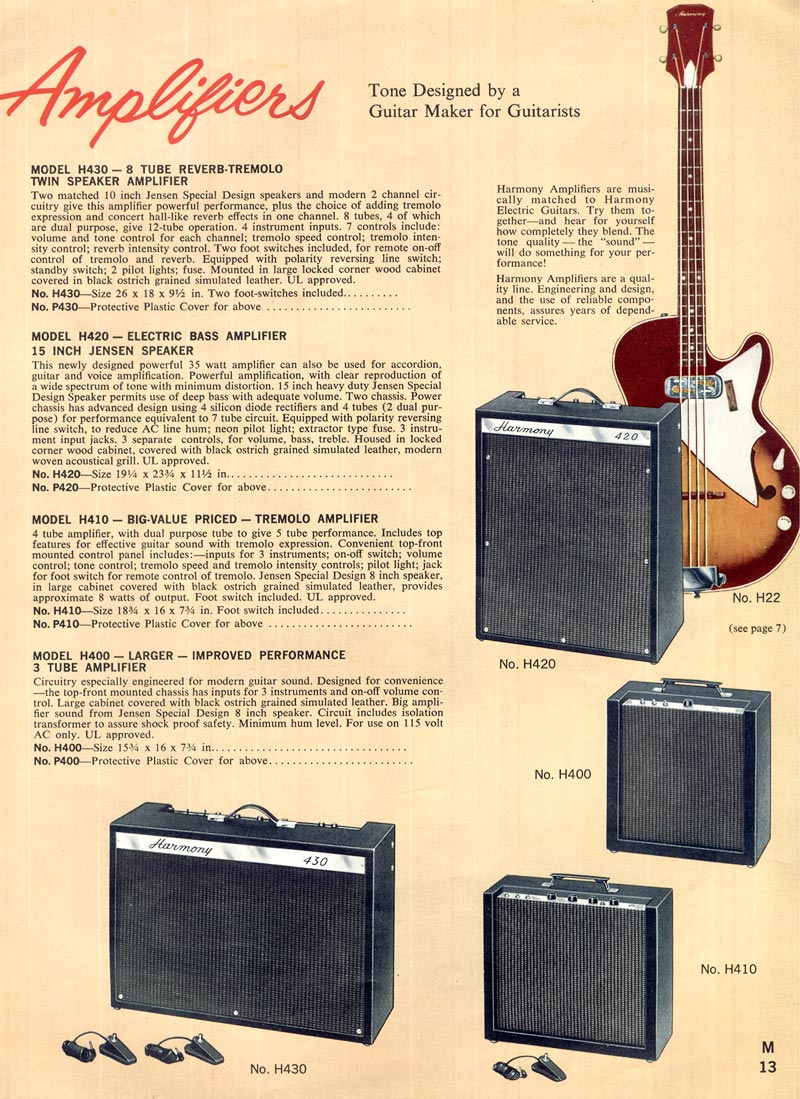



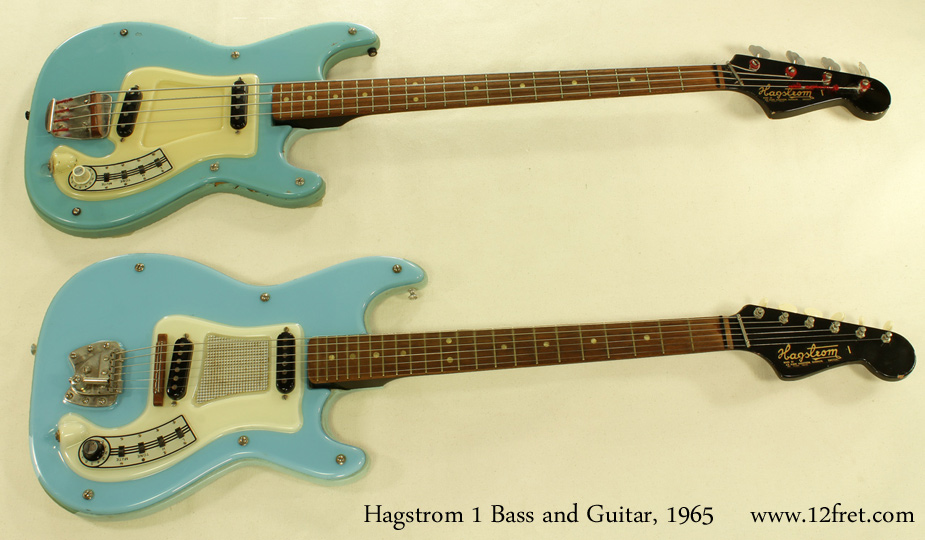




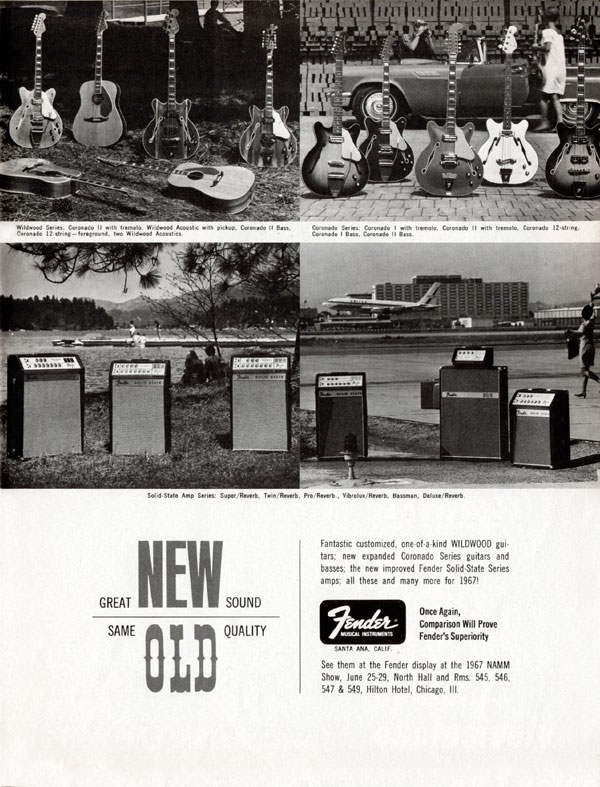

.jpg)
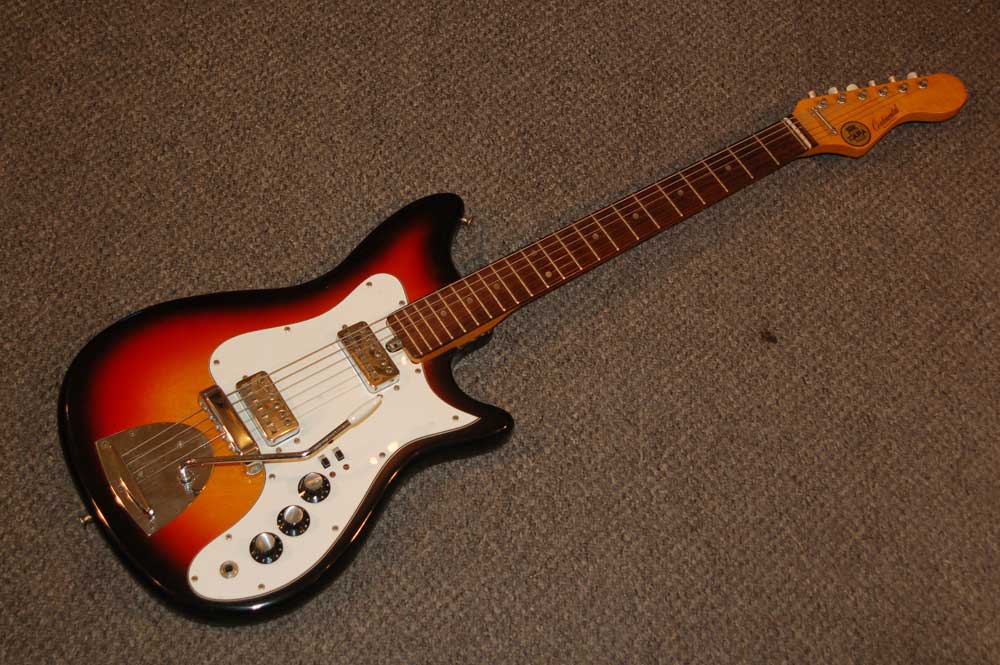
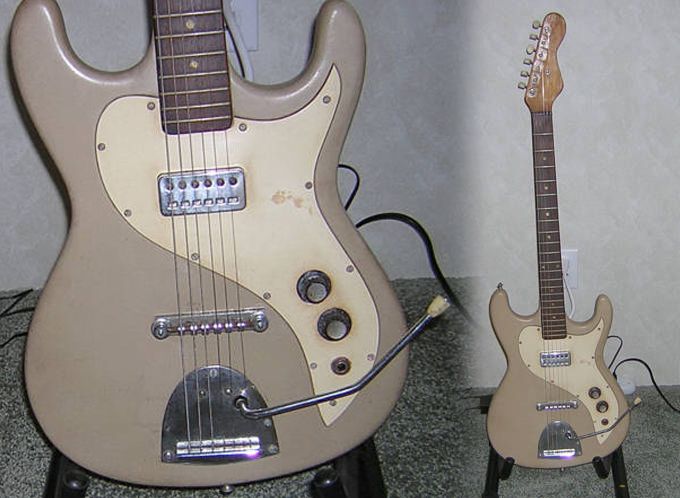

Tidak ada komentar:
Posting Komentar